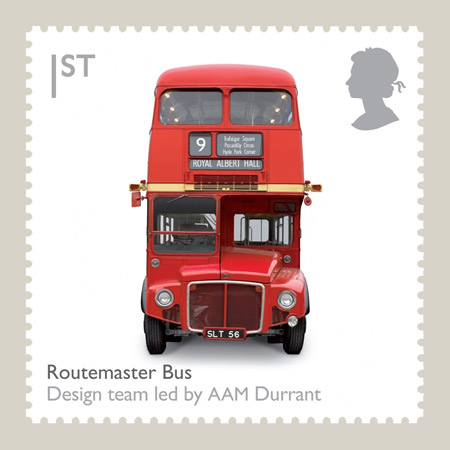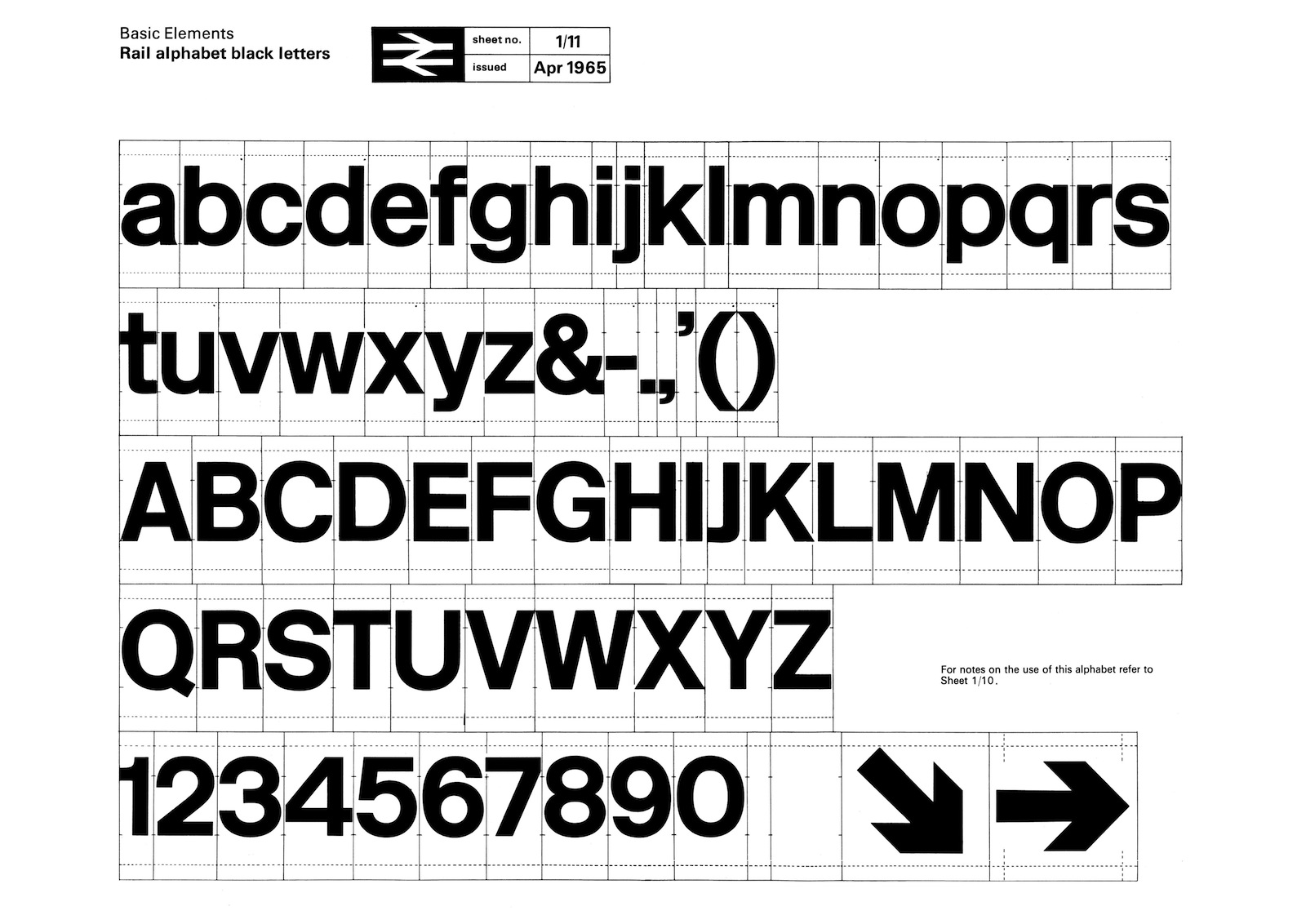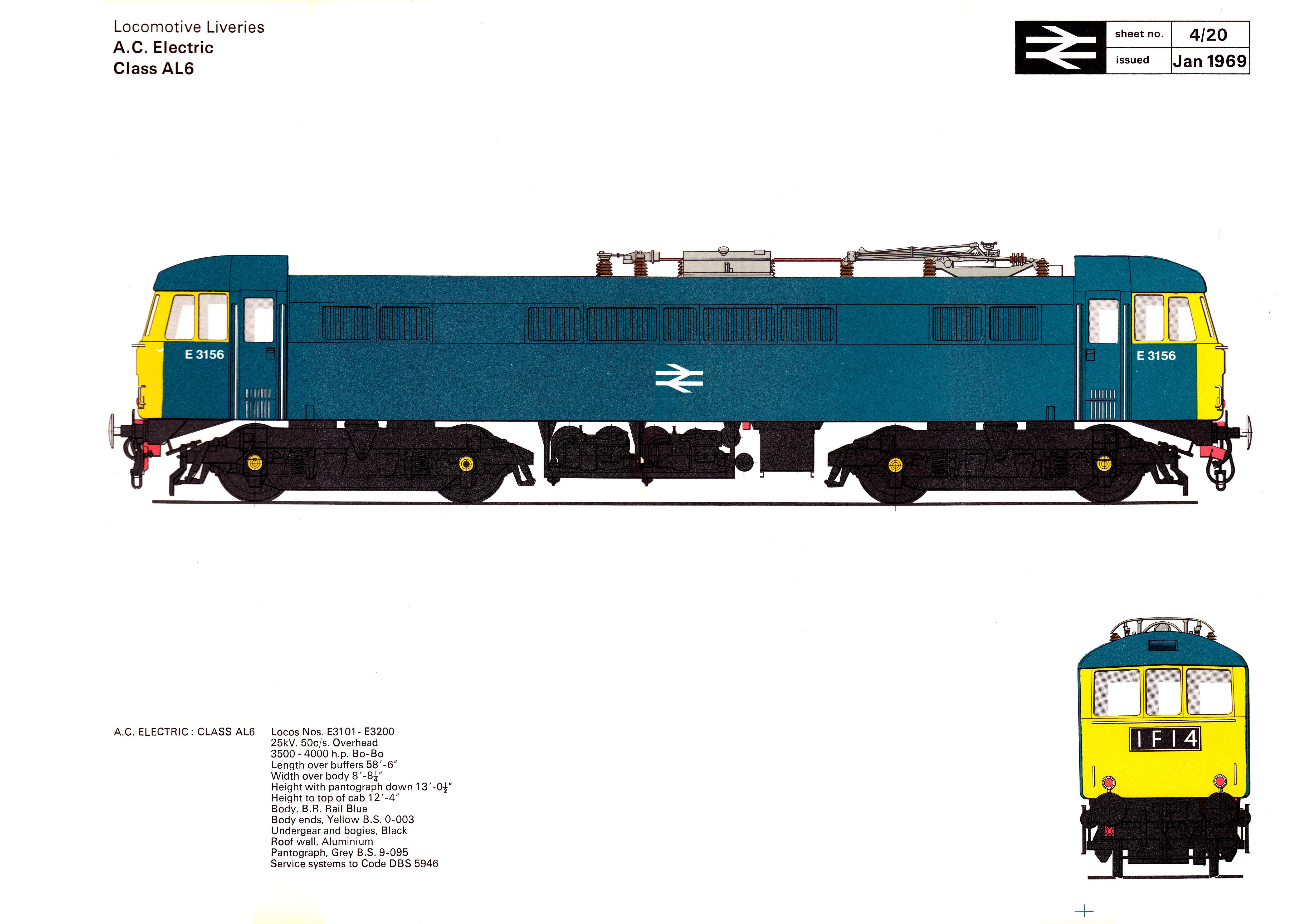InterCityAPT, a photo by Mayo Nissen on Flickr.
Tag: British Design
V&A Museum: British Design 1948–2012: Innovation in the Modern Age

Yes, I love British Design, but that isn’t much of a secret: I’ve written about the Halley Research Station, British Design Classics stamps by Royal Mail, British Rail Corporate Identity, 1965-1994 and innumerable posts about the London Underground Map. So I bring great tidings: at the Victoria and Albert Museum in London is an exhibition which has been ongoing for the last few months entitled British Design 1948–2012: Innovation in the Modern Age:
In 1948 London hosted the first Olympic Games after the Second World War. The ‘Austerity Games’ (as they became known) took place at a time of economic crisis in a city devastated by bombing, but they provided a platform for reconciliation and reconstruction. In 2012 Britain welcomes the Olympics once more, and while the spirit remains, the context in which they are taking place has entirely changed. British Design 1948–2012 traces those changes by exploring buildings, objects, images and ideas produced by designers and artists born, trained or based in Britain.
The displays examine the shifting nature of British design over 60 years: three galleries respectively explore the tension between tradition and modernity; the subversive impulse in British culture; and Britain’s leadership in design innovation and creativity. The exhibition reveals how British designers have responded to economic, political and cultural forces that have fundamentally shaped how we live today. They have created some of the most inventive and striking objects, technologies and buildings of the modern world.

The V&A is an amazing museum, and if you are anywhere near London, you must see this exhibit before 12 August 2012.
The above video features the following designers:
Jay Osgerby & Edward Barber (Barber Osgerby) – London 2012 torch designers
Margaret Calvert – Motorway Sign designer
Andrew Stevens & Paul Neale (Graphic Thought Facility) – exhibition show designers
Kenneth Grange – Kodak camera designer (Brownie Vectra Camera)
Thomas Heatherwick – London Transport bus redesign
British Design Classics stamps by Royal Mail

How did I miss this? In 2009 the UK Royal Mail issued a set of eight British Design Classics stamps featuring excellent photography by Jason Tozer. I wouldn’t mind having these set of stampe, or really all ten of these items in my possession.










British Rail Corporate Identity, 1965-1994
In 1964 the Design Research Unit—Britain’s first multi-disciplinary design agency founded in 1943 by Misha Black, Milner Gray and Herbert Read—was commissioned to breathe new life into the nation’s neglected railway industry, the corporate image of which had remained largely unchanged after its nationalisation in 1948, a reflection of a largely disjointed and out-of-date transport system. The company name was shortened to British Rail and Gerry Barney of the Design Rearch Unit conceived the famous ‘double-arrow’, a remarkably robust and memorable icon that has far outlasted British Rail itself and continues to be used on traffic signs throughout the United Kingdom as the symbol for the national rail network and more specifically railway stations on that network. The new corporate identity programme was launched in January 1965 with an exhibition at the Design Council, London. The corporate identity consisted of four basic elements: the new symbol, the British Rail logotype, the Rail Alphabet typeface and the house colours.


Halley Research Station – Halley VI
Halley Research Station, run by the British Antarctic Survey, is located on the Brunt Ice Shelf floating on the Weddell Sea in Antarctica. A design competition was launched by the Royal Institute of British Architects and the British Antarctic Survey in June 2004 for Halley VI which was won by Faber Maunsell and Hugh Broughton Architects. Halley VI is a structure which is jacked up on legs to keep it above the accumulation of snow with skis on the bottom of these legs, which allows the building to be relocated periodically.




